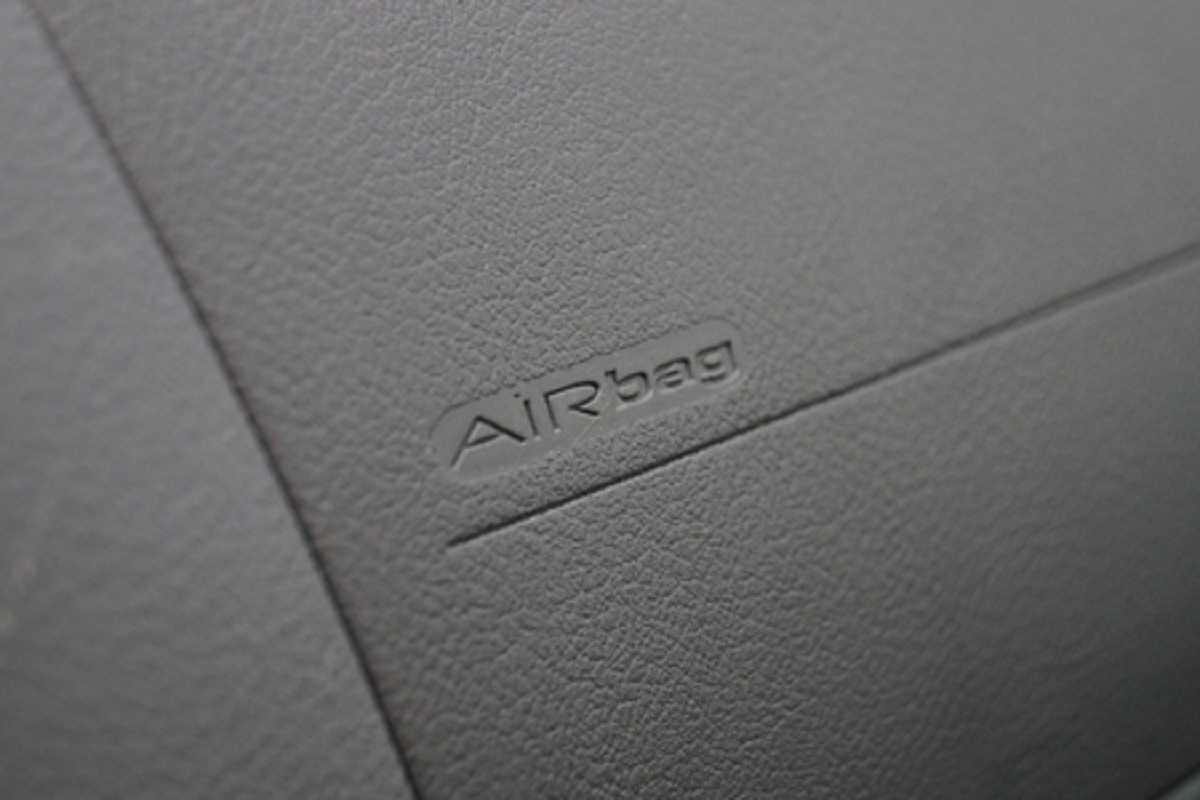As most drivers have likely learned over the course of their lives, airbags are a critical component of the safety of both drivers and passengers, but, if used improperly, they could cause bodily injuries or even fatalities. The National Safety Council estimated that airbags saved over 1,040 lives in the year 1998, but almost 100 children were killed by airbags that same year due to children sitting up front, not wearing seatbelts, or being incorrectly fastened by their seatbelts. For new drivers who may be charged with driving around younger siblings, learning airbag safety is especially important.
Children in the Backseat
As many know, frontal airbag systems aren’t designed for children or infants, and they can be hazardous or fatal for infants in backward-facing seats, younger children in forward-facing seats, older children not belted by a shoulder belt, or children under the front seat weight limit. Safety experts say children are safest in the backseat of vehicles while also fastened by a fitted car seat suitable for their weight. As well, side airbags are considered safe for kids in the backseat.
Seatbelts
For proper airbag safety, the driver and all passengers must be seated properly and wearing seatbelts, meaning everyone sits upright with both their feet touching ground and both shoulder and lap belts firmly in place. Airbags can deploy at speeds up to 200 miles an hour, so while they may cushion a crash’s impact, they are much safer and more effective when riders correctly wear seatbelts.
Proper Position
Experts also warn both passengers and drivers about being near the dashboard when airbags deploy. It’s best for the driver’s seat to be as far back as possible but without losing access to the steering wheel, accelerator, brake, or other controls. Shorter drivers especially must think of this because they’re naturally closer to their dashboard, making their injury risk greater from airbag deployment. Passengers in the front seat should set their seat as far back as possible too without inconveniencing passengers behind them.
Another crucial detail to remember, besides posture and seatbelt use, is one new drivers should already have fresh in their minds—keep hands in the “ten and two” positions, gripping the wheel’s upper half on the right and left sides.
Are Airbags Safe?
Airbags work using sensors that only deploy safety devices when vehicles suddenly stop or slow. These sensors deploy airbags by transferring electrical charges that spark a chemical reaction, resulting in the airbag inflating with nitrogen gas and taking air in from the vents. The process can leave smoke or powder that’s used for keeping airbags from sticking together or crumpling.
Ultimately, airbags have proven to be safer compared to the alternative of nothing at all. Drivers can still make them safer by keeping kids in the backseat, wearing seatbelts, and adjusting the front seats to a proper position.
Think you or someone you know is in need of Behind the Wheel Training? Training Wheels is a Ventnor driving school specializing in teaching new teen drivers how to stay safe on the road. For more information on our lessons, please click here.
Copyright: bartusp / 123RF Stock Photo

